Which Two Ocean Meet But Never Mix
.jpg)
Ever heard the quirky riddle: What do you call two oceans that greet but don't embrace? Okay, maybe it's not a *real* riddle. But the answer is fascinating: the Atlantic and Pacific Oceans!
A Seafaring Standoff
Picture this: you're standing on the deck of a ship, sailing between these two colossal bodies of water. Sounds like they'd just blend together, right? Like mixing blue and green paint to get... well, blue-green paint.
Except, they don't. Instead, there's a visible line. A watery border patrol, if you will, politely but firmly keeping them separate. This isn't just some tall tale spun by salty sea dogs. It's a real phenomenon!
Where's the Party Line?
You'll often hear about this happening most dramatically off the coast of Alaska, where the Gulf of Alaska plays host to this watery standoff. It's a clash of the titans, minus the actual smashing (thank goodness!).
Some say you can see it clearly. One side looks almost milky, while the other is a deeper, more traditional ocean blue. Mother Nature's way of painting a temporary masterpiece.
Why the Cold Shoulder?
Now, let's be clear. The oceans do mix, eventually. It's not like they're forever segregated like awkward cousins at a family reunion. It is more complicated than just density and salinity.
But at the point where they meet, there are significant differences in salinity (salt content), density, and temperature. Think of it like trying to mix oil and water - they need a little help to fully combine. The difference is stark.
The Pacific Ocean, for example, is less salty than the Atlantic, particularly near glacial melt and river runoff areas in Alaska.
The Role of Glacial Flour
And then there's the glacial flour. No, it's not a baking ingredient for polar bears. It’s finely ground rock particles from glaciers. These particles get churned into the water, adding a milky appearance and affecting how the sunlight scatters.
This "flour" contributes to the visual divide. It's like adding a dash of intrigue (and a lot of tiny rocks) to the ocean's already captivating personality.
A Respectful Distance
So, while they *do* eventually mingle, the initial standoff between the Atlantic and Pacific is a reminder that even massive forces of nature can maintain their individuality. They are like two celebrities at an after-party, nodding politely but keeping their distance.
It’s a beautiful example of how fascinating our planet is. Even something as seemingly simple as two oceans meeting can hold surprising complexities.
Next time you're near the ocean, remember the story of the Atlantic and Pacific. Imagine them at their watery border, perhaps exchanging awkward glances and deciding to just "be friends" for now. The ocean is a world of wonder.
It's a testament to the fact that even in a world of constant mixing and merging, sometimes, a little bit of separation can be a beautiful thing. The separation showcases the power of currents, the subtle nuances of water composition, and the sheer majesty of the natural world.



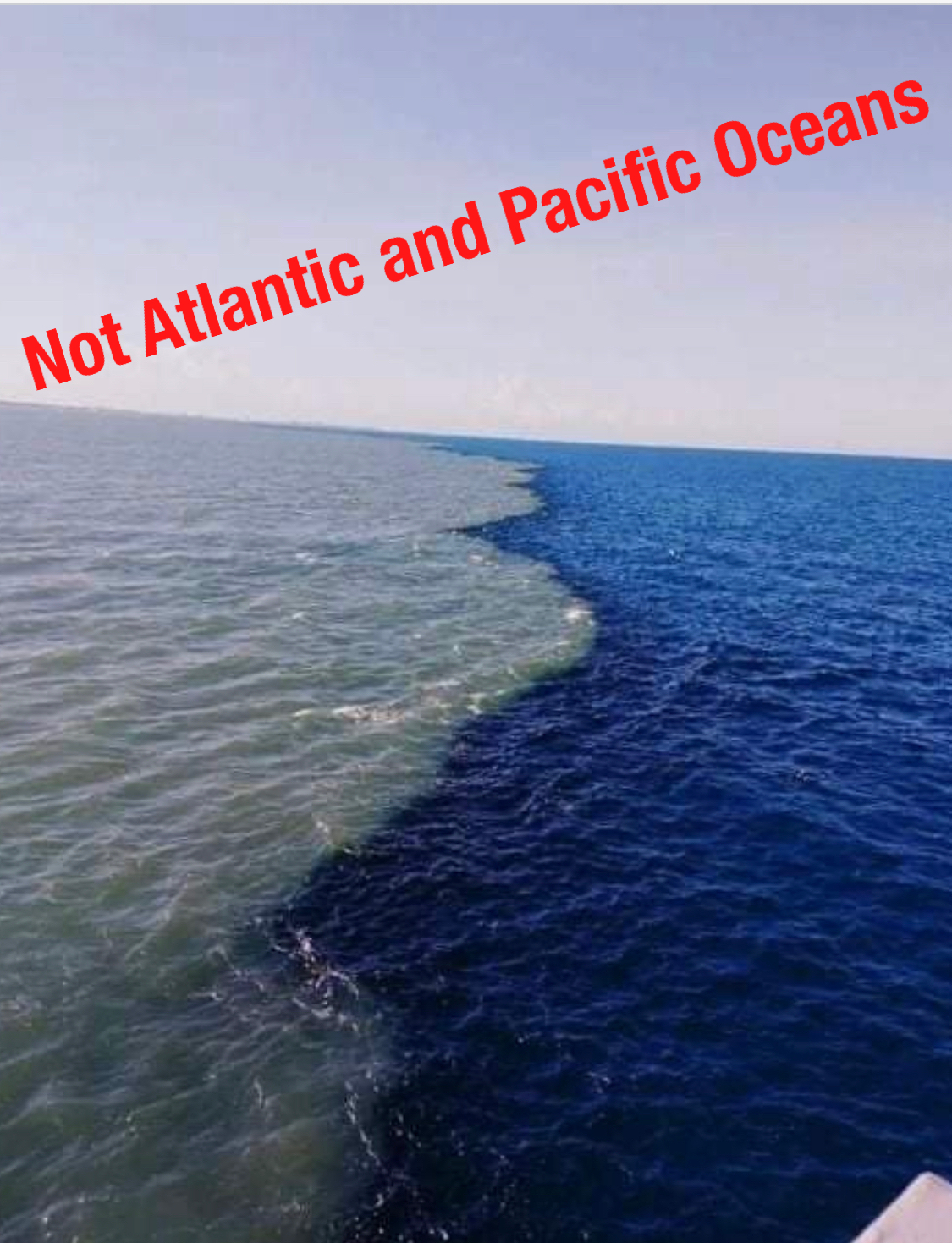



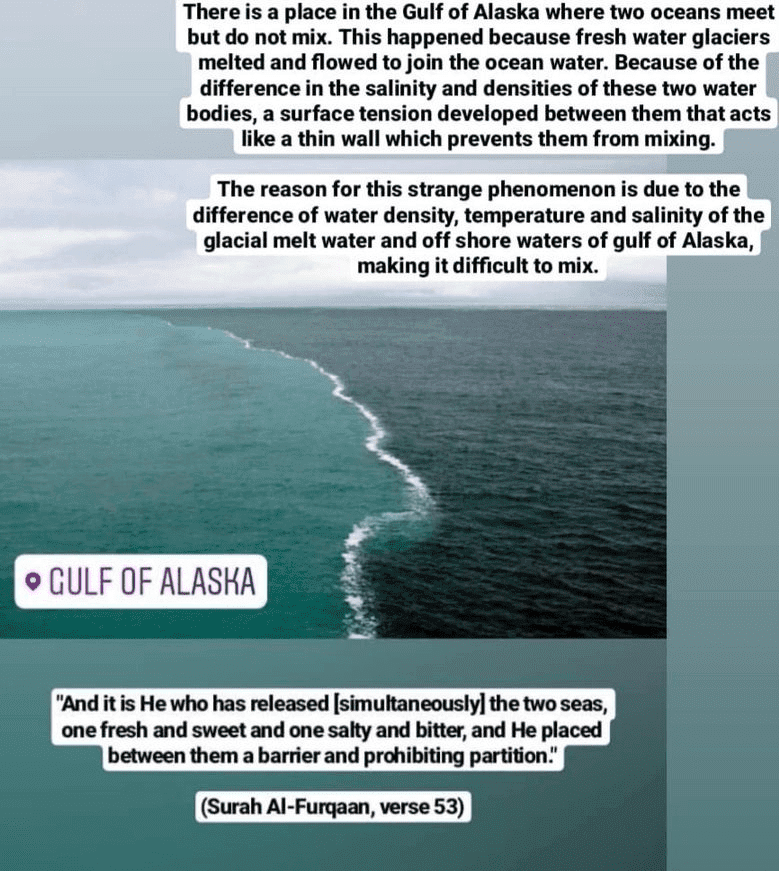
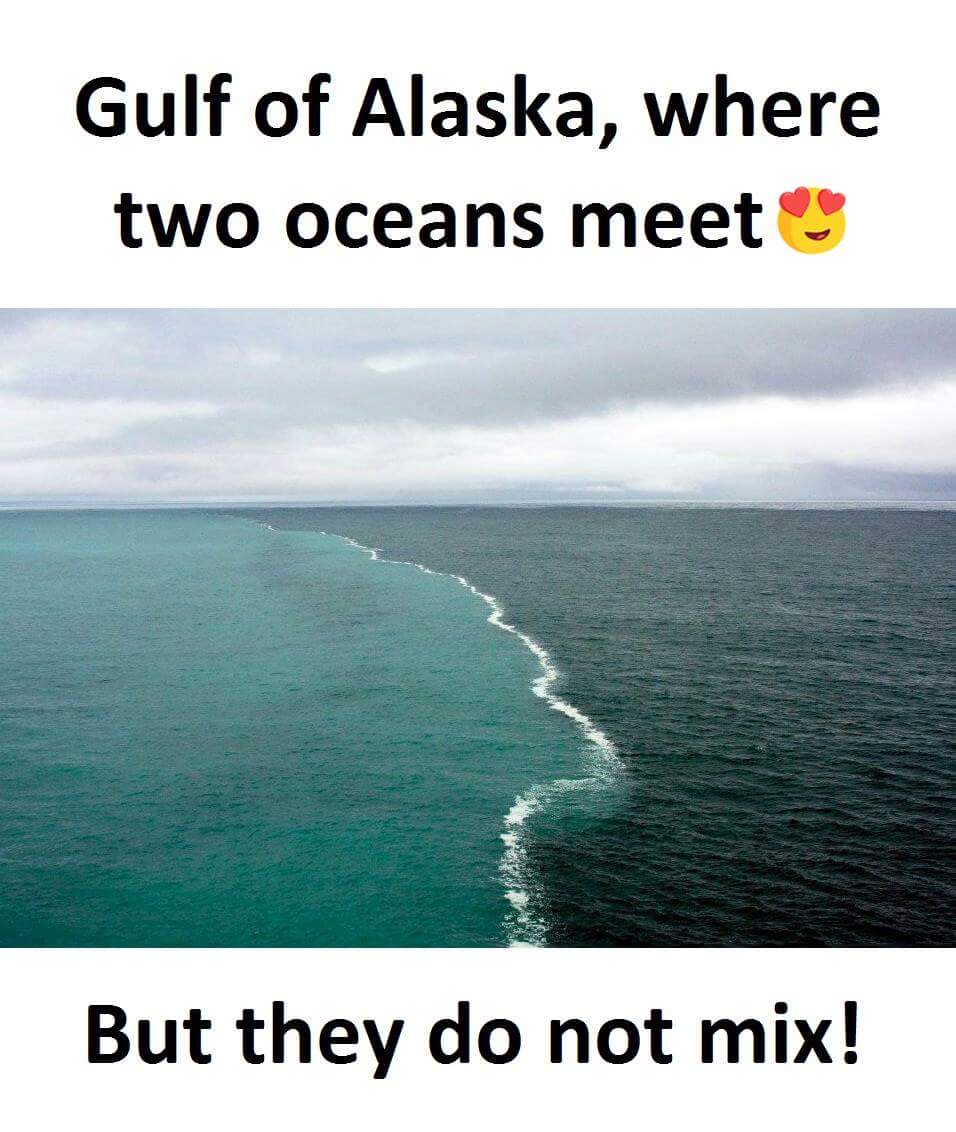





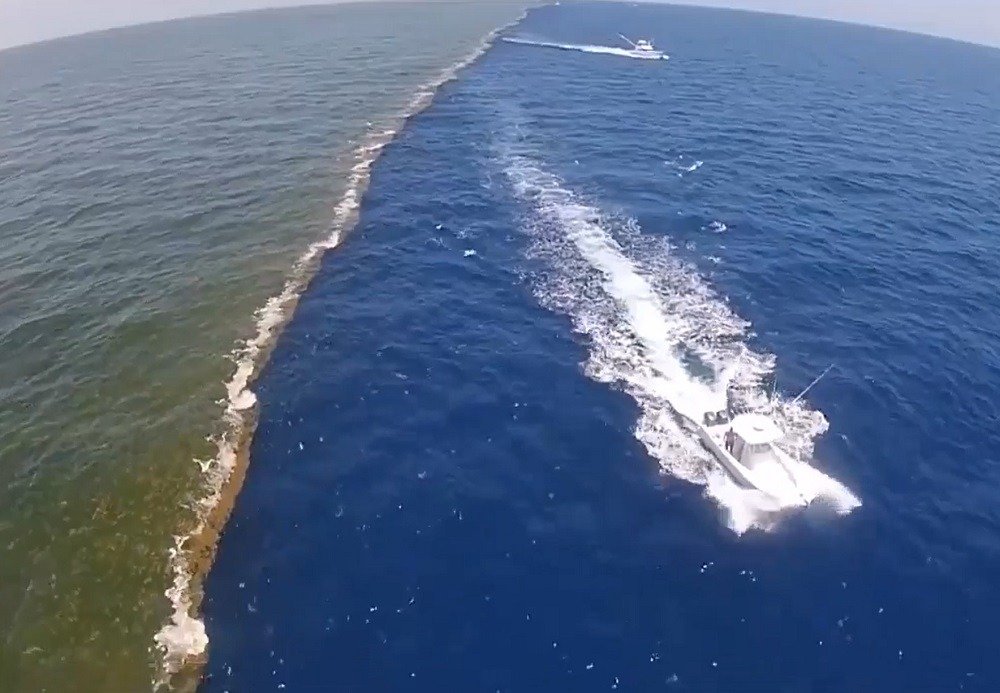
.jpg?format=1500w)

